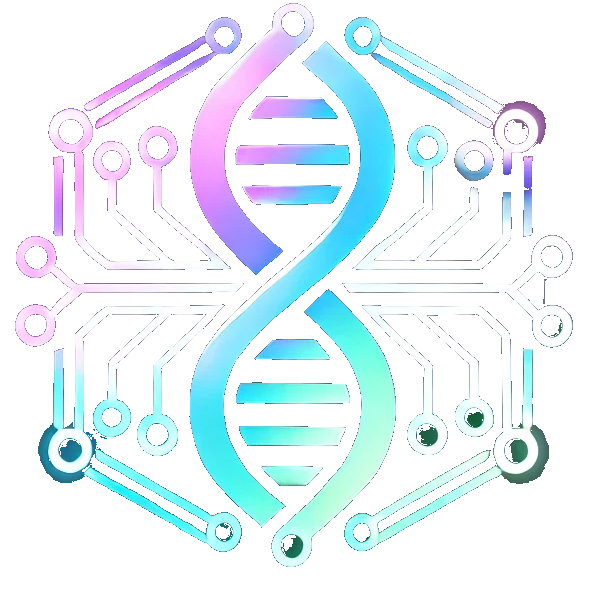A groundbreaking shift in aging science is gaining momentum. A new epigenetic clock—the IC Clock—developed by researchers from the Buck Institute for Research on Aging and the IHU HealthAge in France, is the first of its kind to focus not on how old we are, but how well we are aging. Published in Nature Aging, the IC Clock measures “intrinsic capacity”—the sum of cognitive, physical, sensory, and psychological abilities—offering a more functional, personalized picture of biological aging.
Rethinking Biological Clocks
While existing epigenetic clocks like GrimAge and PhenoAge focus on mortality risk and disease association, the IC Clock takes a patient-centered turn. It’s trained not on age or death, but on real-world functionality—aligning aging research with the lived experience of older adults. As co-lead researcher Dr. David Furman explains, “Function should inform medical care instead of focusing on getting patients to some disease-free state.”
Developed using the French INSPIRE-T cohort of over 1,000 individuals aged 20–102, the IC Clock identifies 91 CpG methylation sites linked to five domains of intrinsic capacity: cognition, psychological health, vitality, locomotion, and sensory function. These domains echo the World Health Organization’s framework for healthy aging, and the IC Clock provides a molecular readout for each.
Real-World Relevance
Validation from the Framingham Heart Study demonstrated the IC Clock’s clinical muscle: it predicted all-cause mortality more accurately than previous clocks—despite not being trained on death data. Participants with higher IC scores lived on average 5.5 years longer and had lower risk across diseases like cardiovascular conditions and stroke.
What sets the IC Clock apart is not just predictive accuracy, but biological interpretability. For example, vitality correlates with mitochondrial electron transport, psychological health with DNA damage response, and locomotion with Notch signaling. These links make the clock a potential tool for mechanistically-informed interventions.
Toward Clinical Adoption
The IC Clock’s accessibility may also give it a practical edge. It can be run on both blood and saliva samples, with dried blood spot testing in development—paving the way for population-scale monitoring, including in resource-limited settings. Given that the WHO has recognized age-related intrinsic capacity decline in ICD-11, the IC Clock could serve as a bridge between aging science and formal diagnostics.
In fact, the tool is already being used as a primary outcome measure in the XPRIZE Healthspan competition. The Buck-Toulouse team’s intervention—daily ketone ester supplementation combined with a lifestyle protocol—aims to reverse functional decline by up to 20 years in adults aged 50–80. Measuring such ambitious gains demands a biomarker that reflects function rather than years lived—and the IC Clock fits that bill.
A Functional Future
The implications are significant. As regulators and health systems struggle to categorize aging as a clinical target, tools like the IC Clock shift the focus from lifespan to healthspan. Instead of treating aging as a chronological inevitability, it becomes a modifiable trajectory—one grounded in what people care about most: their ability to live, think, move, and connect.
If the future of longevity lies in personalizing care and extending functional independence, then clocks like IC may do more than measure time—they might redefine it.



